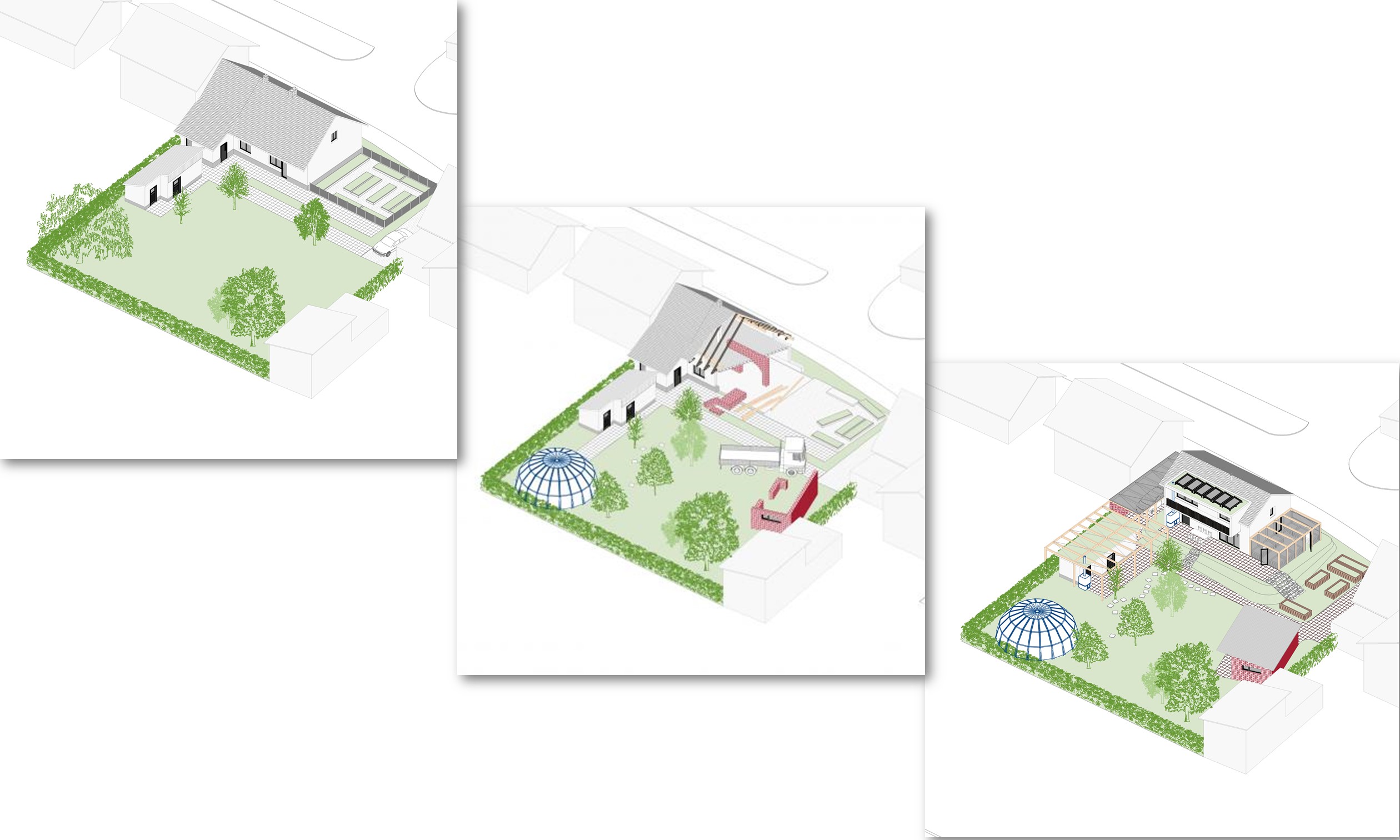
Is it possible to renovate a century-old house using original materials while adhering to today's ecological and sustainable standards?
That is exactly what Zero Waste House is about. An unusual approach addressing the issue of demolition and construction waste that many European homes face nowadays.??
The project from Žalec, Slovenia, intends to transform a 130-year-old house built of old-growth wood, stone, and brick into a sustainable, community-oriented and aesthetically beautiful alternative to the currently popular brick mortar-based building practices.
The proposal is the winner of this year's New European Bauhaus Rising Star Prize in the "Techniques, materials and processes for construction and design" category for under-30s.
The zero Waste House project is deeply rooted in the circular economy, community & ecology.
Because total renovation is frequently too expensive, the majority of the existing structure must be demolished. However, the design and the original materials will be retained in the new house and auxiliary buildings. The goal is to reuse at least 80% of the property's materials while diverting as little as possible to landfills.
The project combines architectural heritage and modern energy-efficient buildings. It integrates triple-glazed windows and natural insulation made of wood wool with a thickness of 40cm. Heating and cooling are built around the absorption and efficient use of the sun's energy. And it features a community garden, a "tool library," a passive aquaponic solar greenhouse, and a dome.
The proposal mixes heritage aesthetics with future environmental standards & includes the following features:
- Traditional & easily replicable forms
- A regenerative design adaptable to the changing environment
- A modern glulam wood skeleton structure
- Ecological aesthetics such as ivy wall, under the northern roof overhang
- Green roofs function as a three-pronged approach to increasing biodiversity
- Visually appealing incorporation of greenery
Do you think this project can become a tangible example of reusing materials?⚙
© European Union
#EUGreenDeal #SustainableBuilding #YouthEmpowerment
- Reference
- Prizes 2021, Rising Star Winner
- Project locations
- Žalec, Slovenia
